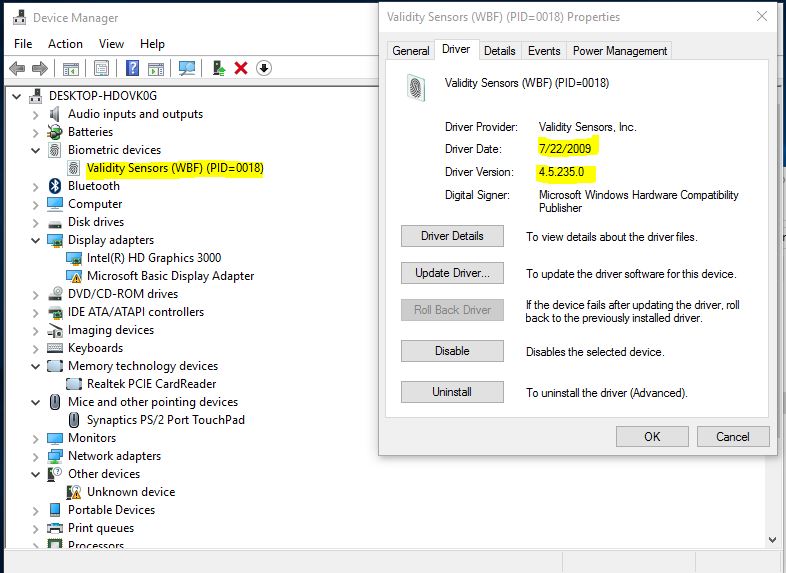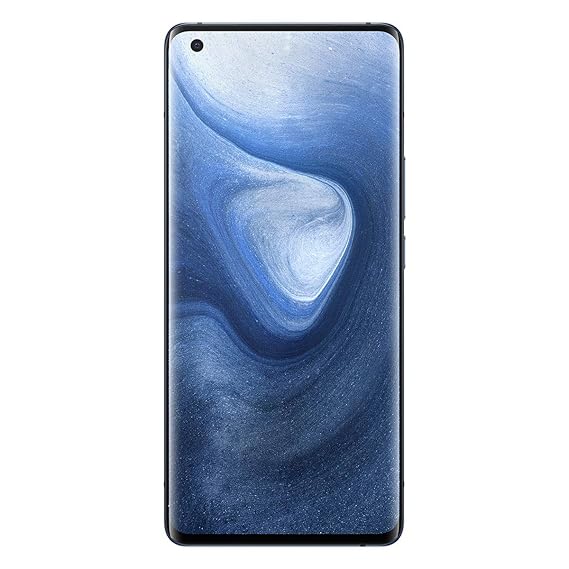Today’s every smartphone is coming with a set of sensors. There are several lists of sensors are equipped with smartphones for getting things done. So what are these smartphone Sensors useful for? This guide will help you to know about every sensor present on your mobile.
Smartphone Sensors Wiki
1. Gyroscope
Phone makers have acknowledged that fingerprint sensors are not foolproof, but said that the ease of touching a finger to unlock a phone meant that more users actually turned on security features. 1 The scalar component is an optional value. The rotation vector sensor and the gravity sensor are the most frequently used sensors for motion detection and monitoring. The rotational vector sensor is particularly versatile and can be used for a wide range of motion-related tasks, such as detecting gestures, monitoring angular change, and monitoring relative orientation changes.
The gyroscope is an orientation sensor with accurate precision. It simply calculates the angular velocity of the device. The gyroscope in smartphones is used for tracking the rotation of the device. When you play games like N.O.V.A, Modern Combat: Sandstrom you can feel rotation, and the axis. The gyroscope calculates data along with accelerometer and sends the data to the game.
Popular apps like Google Sky Map, Android Photo Sphere camera, and much more apps use the Gyroscope data for accurate results.
2. Accelerometer
Accelerometer measures and calculates the device acceleration. It calculates the three axis orientation of the device and sends the data to the required apps and games.
For example, in Android, you can use portrait or landscape mode. When you move the smartphone in portrait and landscape modes the phone screen, automatically adjust according to the position with the help of accelerometer. It is one of the most widely used android phone sensors.
3. Proximity Sensor (what is proximity sensor in mobile?)
When you are on the call and place the phone near to the ear the light turns off, ever wondered how it works? A Proximity Sensor in mobile will detect the near object and send the data to your phone. The sensor works by activating a small beam of light which is reflected by our skin and the device turns off the screen display temporarily.

- Install the sensor driver. There are four main methods for installing a driver on the Sharks Cove board: Download the driver from a network source directly onto the Sharks Cove. Develop the sensor driver on a host computer, with your Sharks Cove connected as a provisioned client. Then deploy the driver from the host computer to the Sharks Cove.
- Touchpad vendor Synaptics has announced plans to acquire Validity Sensors, a primary remaining fingerprint sensor vendor following Apple's acquisition of AuthenTec last year, and a reported.
4. Light-Sensor (Ambient light sensor in mobile)
Light Sensor is used in Smartphones for automatic display light adjustment. This sensor calculates the Illuminance of the environment and sends the data to the device. Then the device calculates the required display brightness and applies the effect.
5. Barometer (What is barometer sensor in mobile?)
A barometer is a sensor which we usually find in high-end smartphones. As we know from the school Physics Barometer measures the atmospheric pressure. However, there is no direct use of smartphones; the Barometer in mobile works with GPS sensor about the device sea level measurements for greater GPS accuracy.
6. Heart Rate Monitor
As its name implies this sensor measures the heart rate of the user. It measures the heart rate by placing the user’s finger on the sensor. It calculates the user pulse by minute wise and displays on the screen.
7. Fingerprint Sensor
Fingerprint sensor doesn’t need any introduction. This sensor became most common these days, and it is coming equipped even with a low-end smartphone.
8. Pedometer
Pedometer sensor calculates the number of steps taken by the user. But many smartphones using accelerometer data for the Pedometer data, this data is not accurate as the real Pedometer sensor does. Only a few smartphones are equipped with real Pedometer sensor; Google Nexus 5 is one of them.
9. GPS
Global Positioning System also considers as a sensor. A GPS module will connect to the satellite and gives you an accurate position result.
10. Touch Screen
The touchscreen of a smartphone is also a kind of sensor which responds to human contact. A touchscreen is made of multiple layers of glass and works with the pressure of your finger.
11. Hall Sensor
If you have used the old devices which used to have flip covers which were functional, like had an option to switch off the screen when you flip them on, then those used to have this kind of Hall Sensor which can sense the magnets, and respond. Even the latest gen phones from Samsung, and Apple comes with Hall Sensors.

12. Digital Compass
This is the rarest sensor we can find on a mobile phone, the main reason of ignoring this one is the combination of other sensors with which the mobile can get its orientation and the magnetic readings of where it is pointing to. This sensor gives the direct position and direction of the device to the apps without any issue. It also doesn’t require calibration which most of the new devices need.
13. Augmented & Virtual Reality
This is a combination of different hardware which includes a couple of different cameras, and a couple of different Lasers which will detect the different depth of the things. These will later help to organize different things via the AR or VR.
14. Infrared Sensor
This sensor is used in the devices to project the infrared dots and then they are scanned with an Infrared Scanner. This scanner is mostly used to encrypt the device with the face data of any person.
15. Pressure Sensor
This particular sensor is found in a limited number of devices, this is used to actually detect the amount of pressure being put on the device on the sides or on the screen which will act as additional inputs to the software for preset functionality.
16. Temperature Sensor
This particular sensor is rarely found on the devices, this is used in order to detect the internal and external temperature of either the device or the surrounding temperature.
17. Iris Scanner
This scanner uses infrared and a couple of cameras to actually scan the pattern found in the iris of the peoples, this is again in a term used to encrypt the device with the eyes of a particular person.
Validity Sensors Mobile Phones & Portable Devices Driver Download Windows 7
18. Infrared Remote
This device is used to give the singles to different machines which use infrared remote to receive signals and perform a particular function.
Validity Sensors Mobile Phones & Portable Devices Driver Download Windows 10

19. Air Humidity Sensor
This particular sensor is used to find the humidity level in the air. The sensor is found only around one or two devices.
20. Pulse Oximeter
Pulse Oximeter sensor is used to find the amount of oxygen that is found in your blood. This sensor will not take any blood sample but will identify the oxygen level by the light.
21. Geiger Counter
Geiger Counter is made to detect and measure the number of ionizing radiations in different places. It is found in the really low amount of devices but can be really useful if you live in places near nuclear reactors.
22. NFC

Near Field Communication sensor is used to validate transfer between two devices. This can easily be used to make financial transactions, and can even be used to share photos aand videos.
23. Laser

The laser is used in different devices to actually measure the distance between your mobile phone and the thing behind it. It can even be used to focus your camera more accurately.
24. Air Gesture
Air Gesture has been used in devices such as Samsung Galaxy S4 & Samsung Galaxy S5 where you can easily put your fingers above the display to actually make some features work.
Millions of people experience Synaptics every day. Our solutions impact how users interact with technology in numerous ways; what they see, what they hear, how they touch, how they engage, and how they connect. Our goal is to Engineer Exceptional Experiences, defined by the 5 I’s – Insightful, Interactive, Intuitive, Immersive and Immediate – for people at home, at work, in the car or on the go.
Interactive
Enabling engagement with devices, machines and data
Intuitive
Making control of devices seamless, simple and natural Drivers viettel port devices.
Immersive
Creating brilliant displays and sounds that take you away
Insightful
Bringing intelligence about preferences, actions and needs to simplify tasks
Immediate
Responding instantly to commands, requests and needs
Advancing Touch Technology for Flexible Emissive Displays
On‐cell architecture improves optical and mechanical performance for flexible OLED displays used in mobile devices but it poses major technical hurdles.
Any Device, Any Operating System
DisplayLink graphics technology works across computing platforms and connector types, providing a solution to connect multiple displays and docking functionality to any platform.
Best-in-Class Wireless Connectivity
Synaptics delivers the absolute best-in-class wireless connectivity including state-of-the-art Wi-Fi 6, Bluetooth 5.x and L1+L5 dual frequency GPS.
December 15, 2020
Synaptics Expands into Low Power Edge AI Applications with New Katana Platform
In the MediaSeptember 24, 2020
AI-Based Scaling as the Key to Cost-Efficient 4K UHD Content Delivery
In the MediaSeptember 15, 2020